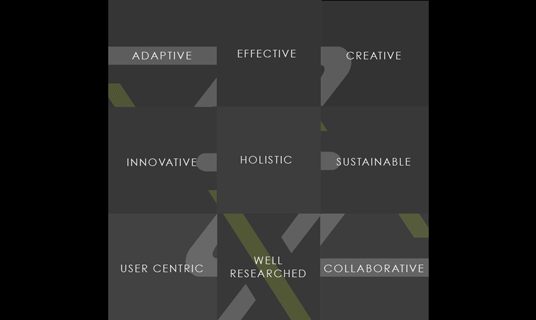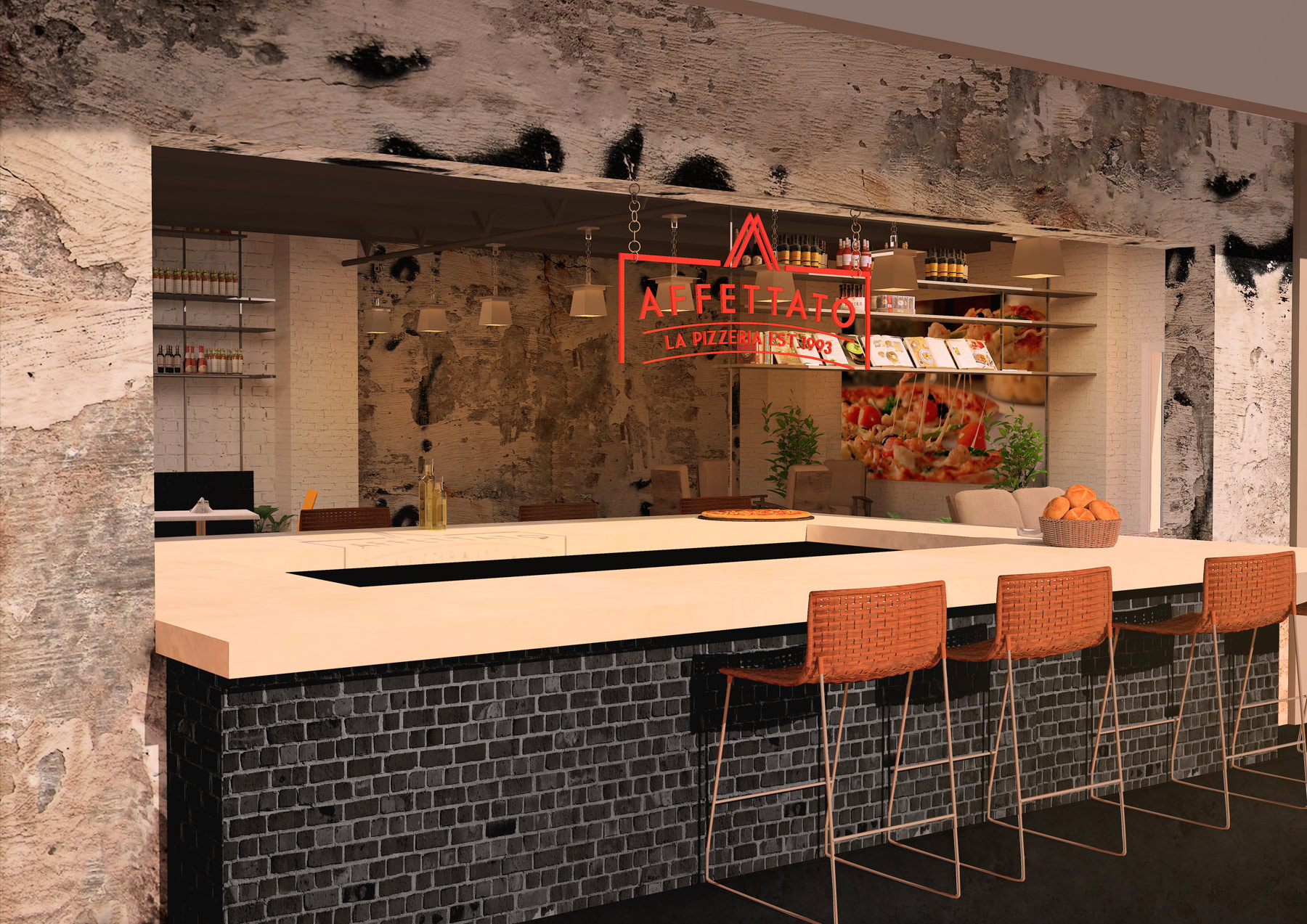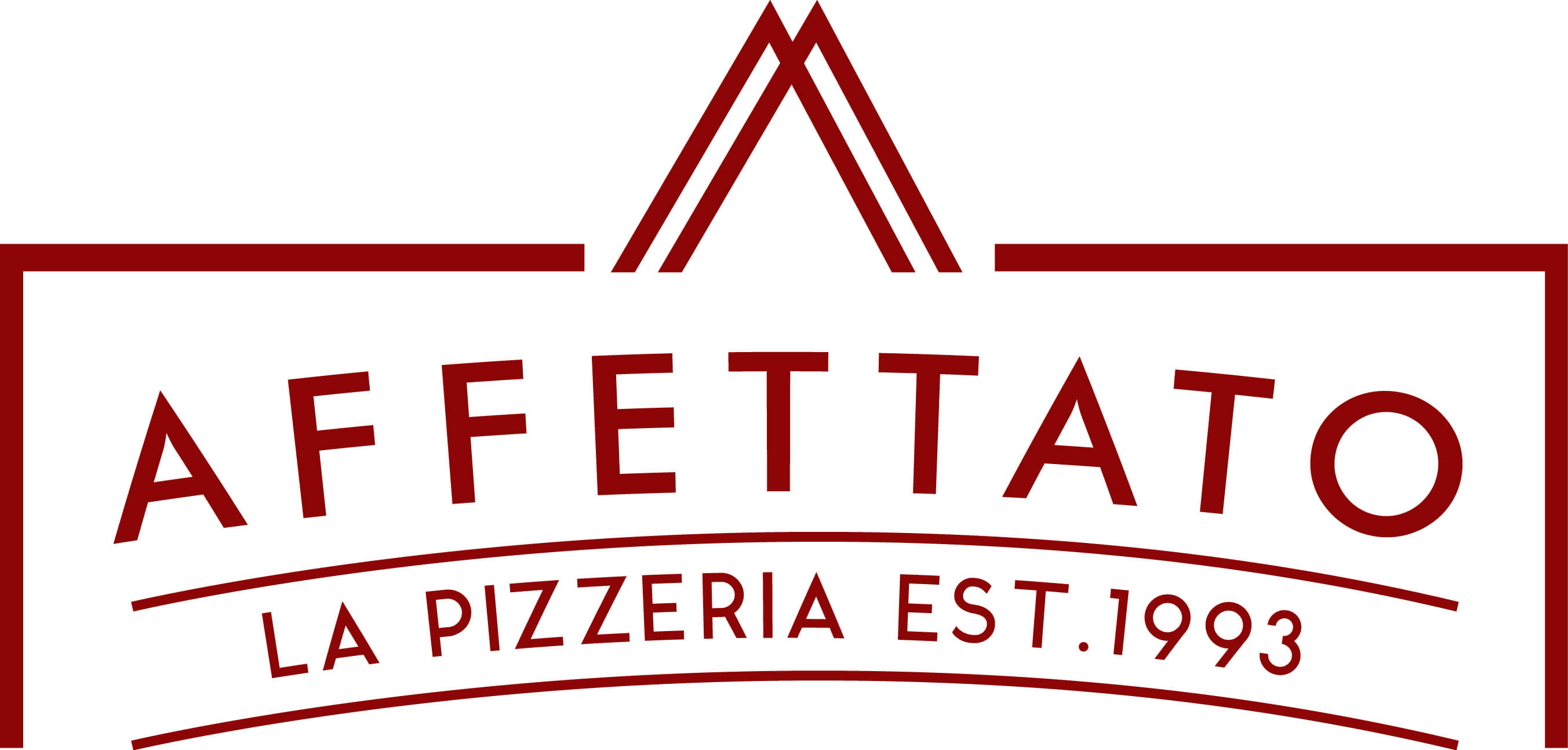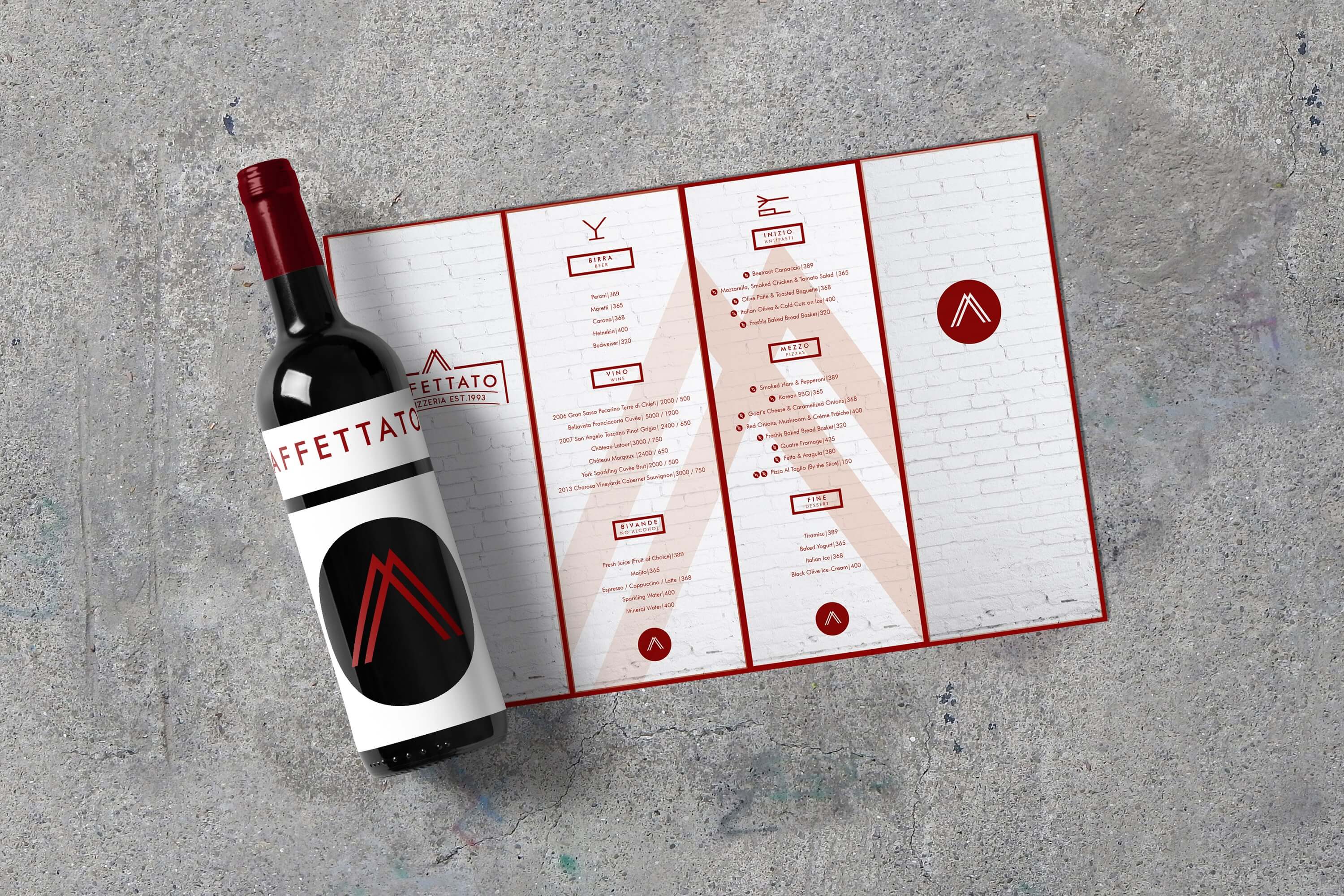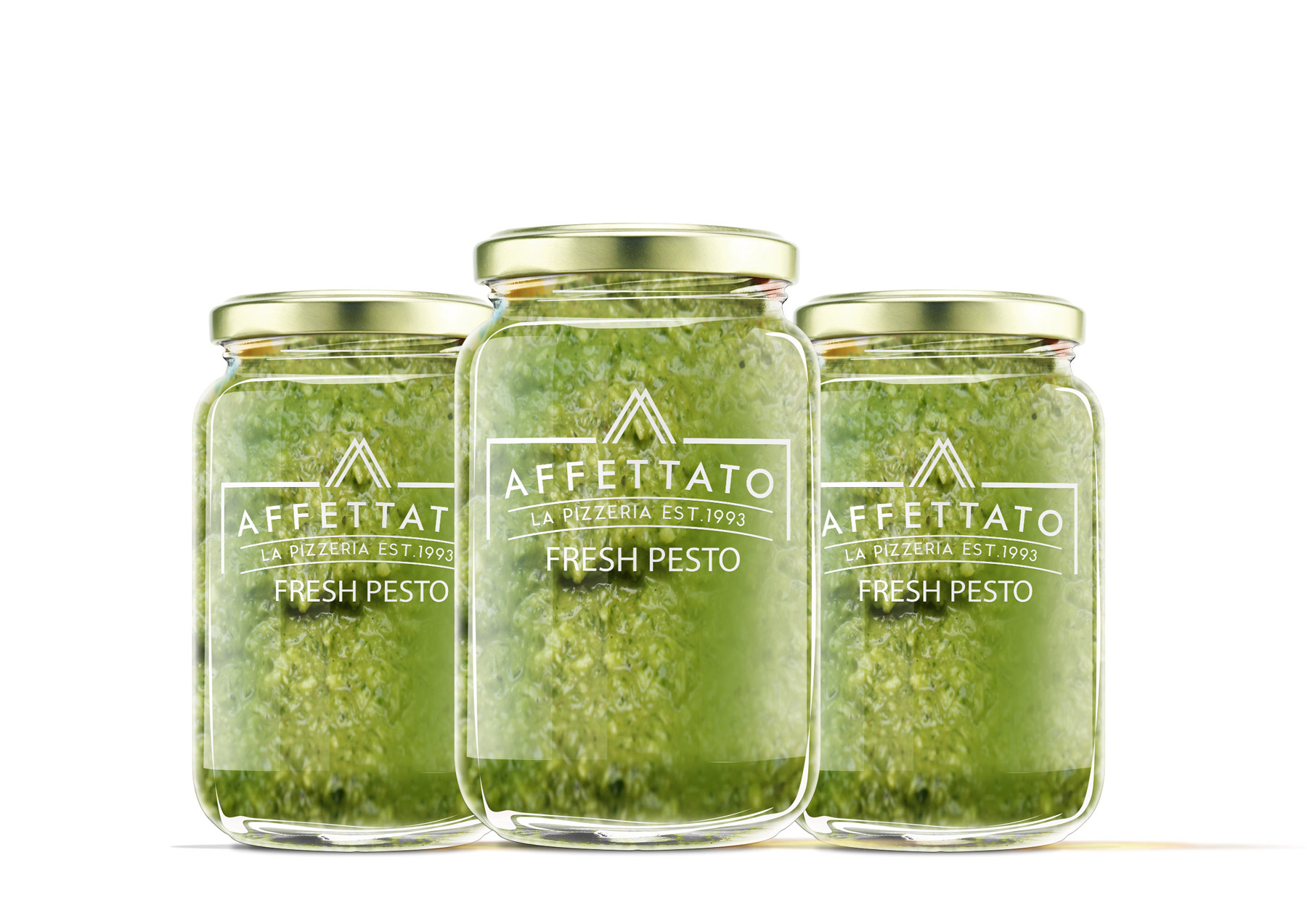Design Strategy
Zeitgeist is a collective of design thinkers and strategists committed to elevating and enhancing human experiences. To understand how Zeitgeist came to find value in and incorporate the Design Thinking framework, read our earlier article by our Founder, Madhuri Rao
Be it developing a brand for a company, creating a meaningful space for a client or helping a startup idea go from concept to reality, Zeitgeist approaches each challenge against the backdrop of a Design Thinking framework.
The framework is, and allows us to develop solutions that are:
Innovative
Designing for the end user lies at the heart of the Design Thinking framework. By employing multiple creative minds and expert opinions to achieve this, the solutions proposed are innovative. They may be simple or complex, but generally are ‘have not been thought of before’ ideas – original, fruitful and with very well defined value propositions. Further, rapid prototyping, which forms part of the framework, allows for a quick time to market, a key factor in innovations becoming successful.
Effective
Design Thinking doesn’t solve problems by addressing symptoms. It digs deep to arrive at the correct definition of the root cause of a problem, instead of immediately rushing to come up with a Band-Aid solution. By encouraging rapid prototyping, ideas can be quickly tested for effectiveness, rejected, tweaked or finalised.
Adaptive
Since Design Thinking is a holistic approach, taking into account various perspectives and potential influences, solutions are designed not only for the present, but acknowledge potential variables in the future as well.
The framework is also iterative; there is no ‘from point A to point Z’ process. It allows for flexible usage of the creative tools. Once the problem has been accurately defined, you can ideate, prototype and test various potential solutions with the end user numerous times until an optimum one has been arrived at. Design Thinking understands that first ideas don’t always have to be the best ones!
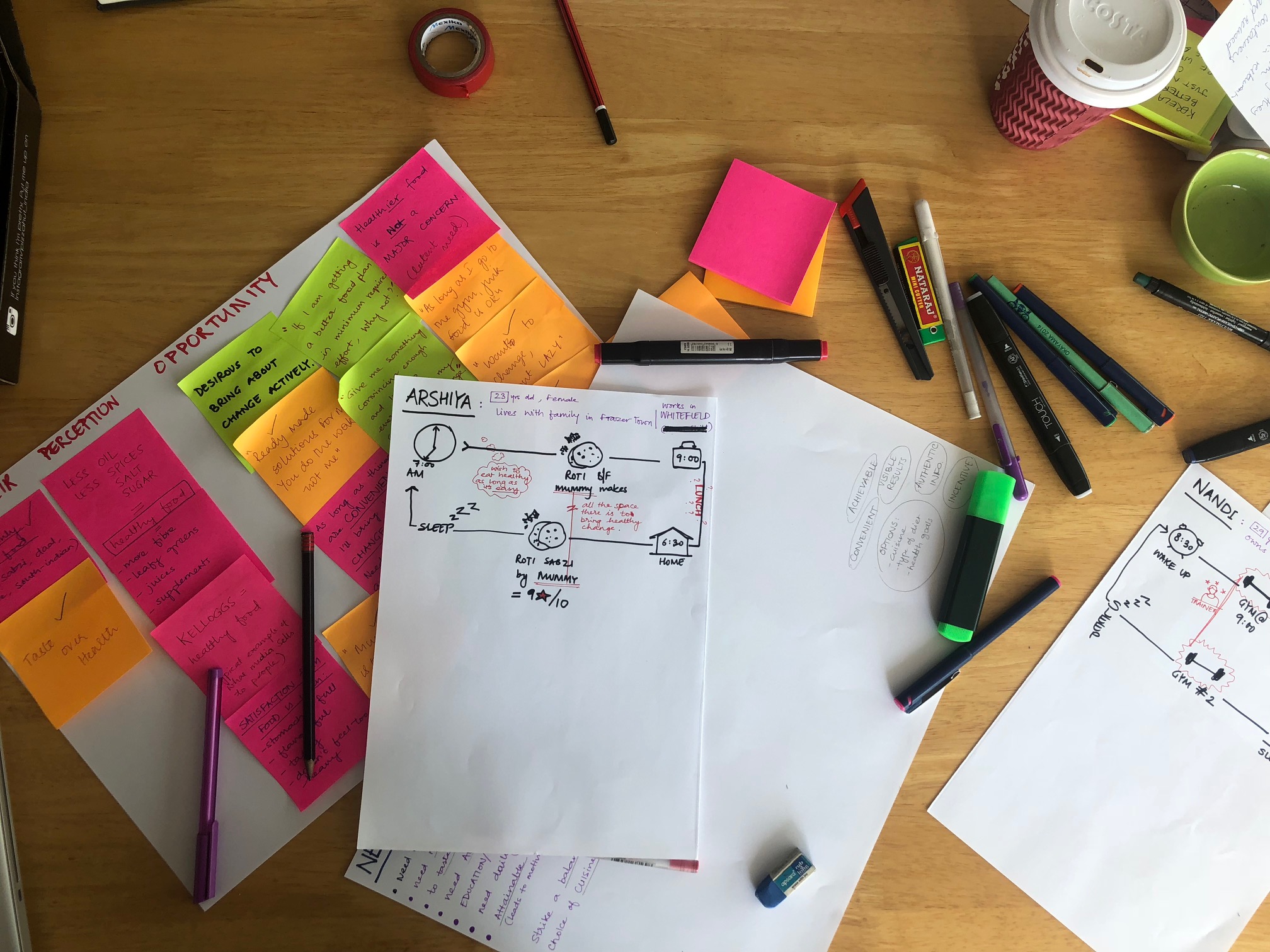
User-Centric
Design Thinking nudges you to immerse yourself into the lives of the people you are designing for, using tools like The Five Whys and Card Sorting. It is only once you truly understand what makes them tick, what their pain points are and what brings them joy that you can begin to consider coming up with solutions that would be truly valuable to them.
Well-Researched
In depth research forms a major part of the process leading up to ideation.
Research into the end users and the social, political, economic and environmental context within which a solution is being proposed ensures a holistic view of the problem today and in the future.
Holistic
Design Thinking aims to address the problem from the entire journey of the end user, and multiple potential innovations in the process. As mentioned in the earlier point, the problem is looked at up close, but also from a bird’s eye view, giving it context and taking that context into consideration while developing a solution.
Collaborative
Since Design Thinking takes a holistic viewpoint, it must be collaborative in order to be successful. Only through multiple perspectives of all the parties affected by the problem can an effective outcome be achieved. And only by engaging with experts can information that is relevant and up to date be factored in. Design Thinking encourages and supports co-creation endeavours.
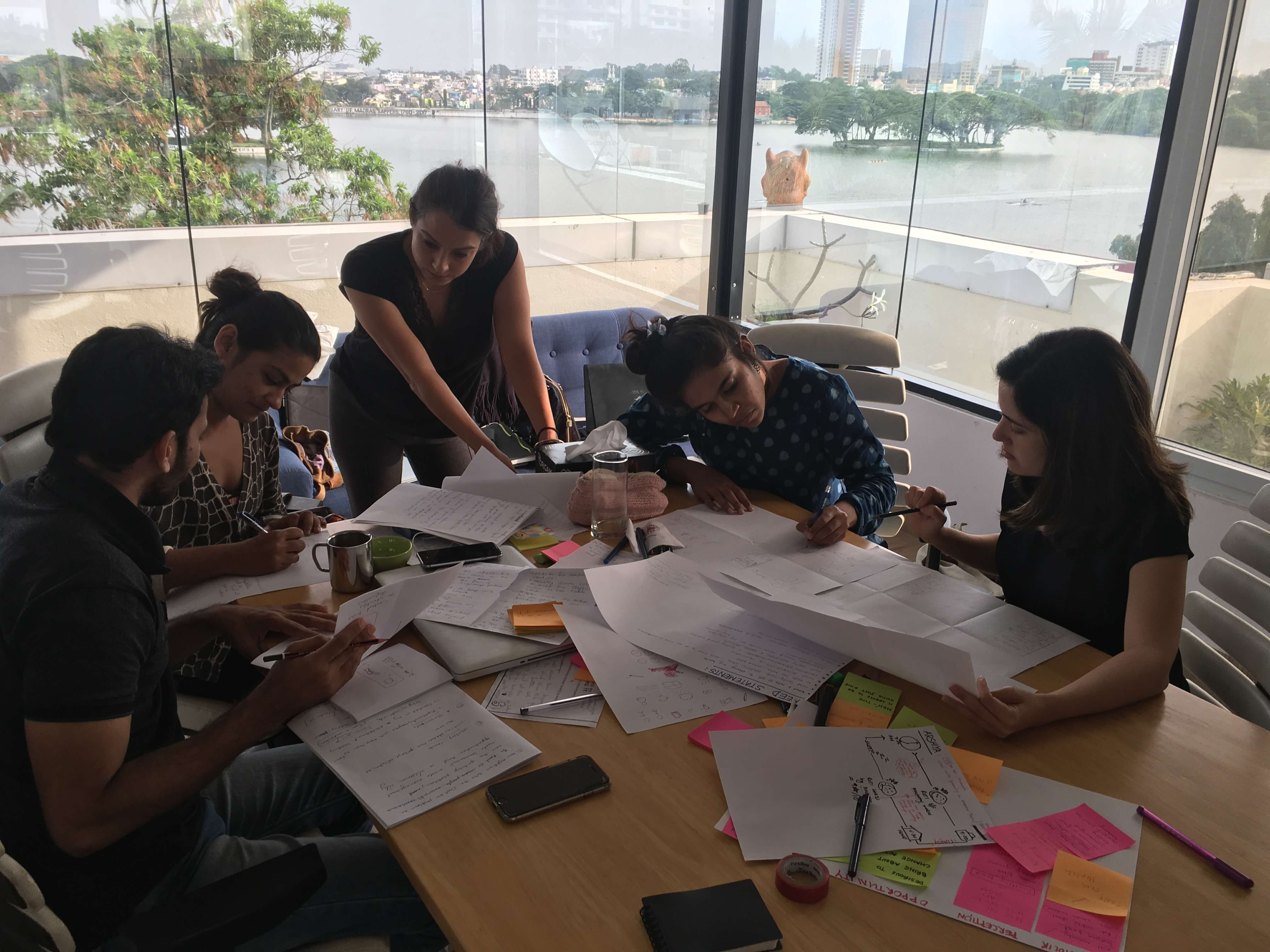
Creative
The Design Thinking framework encourages out of the box thinking, using techniques like Brainstorming and Mash-Ups. No initial idea is too ridiculous or far fetched to be considered. When the mind is free to work without constraints, the sky truly is the limit, especially when one is secure in the knowledge that the prototyping and testing phases will reveal how feasible and effective an idea is.
Sustainable
A solution arrived at using Design Thinking is one that aims to minimise negative impact – in finding a solution, it doesn’t create more new problems. It looks to optimally utilise resources and always takes into consideration the long terms impact of a proposed solution. It is why Zeitgeist also believes that Design Thinking is an excellent framework with which to develop solutions for positive social impact.
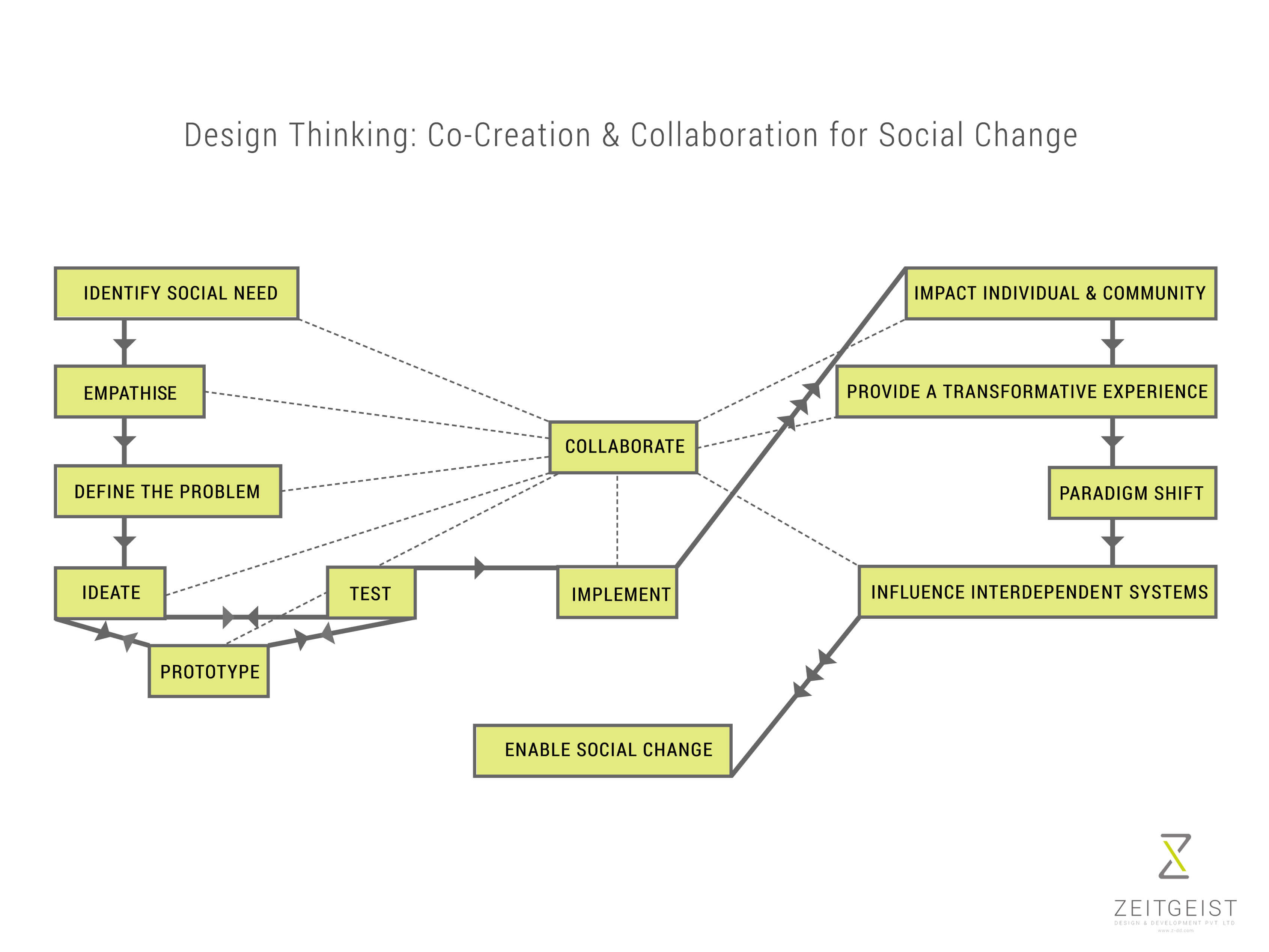
Zeitgeist can help you use the Design Thinking framework to arrive at optimal design solutions for your company – whether you are a startup, an established firm looking to turn things around, or looking to design new solutions for the future that are truly impactful and meaningful – reach out to us today.
